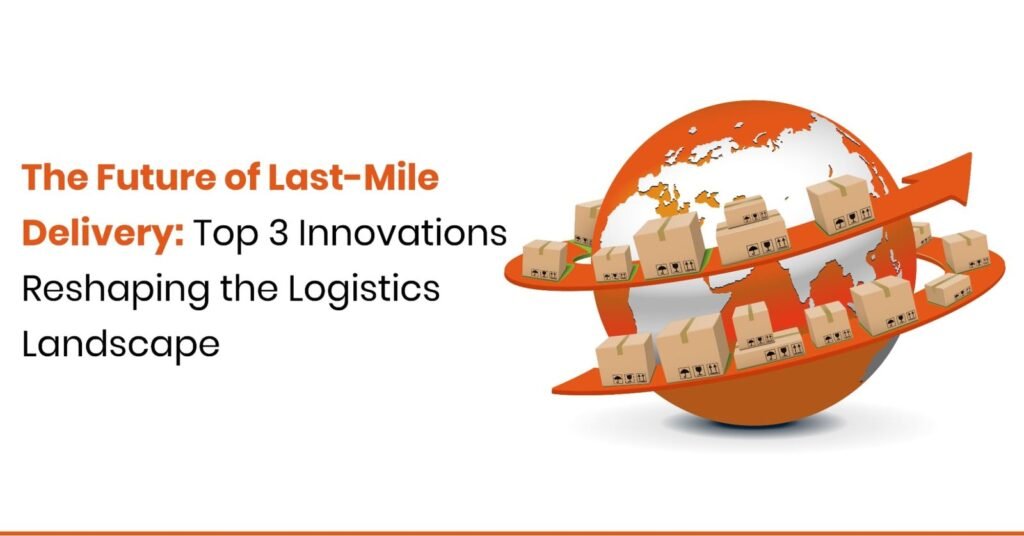In recent years, the last-mile delivery segment has undergone a significant transformation, fueled by advancements in technology and changing consumer demands. As the final and often most critical leg of the supply chain, last-mile delivery plays a pivotal role in ensuring customer satisfaction. In this blog post, we will explore the top three innovations that are reshaping the logistics landscape and revolutionizing the future of last-mile delivery. There are some innovations being made by various logistics companies like Shift.
Let us have a look at some of the innovations being made to reshape the logistics landscape below:
Top 3 Innovations Reshaping the Logistics Landscape
- Micro-Fulfillment Centers
Micro-fulfillment centers (MFCs) are small-scale warehouses strategically located near urban areas to facilitate faster and more efficient order fulfillment. These centers are typically automated and utilize robotics and conveyor systems to quickly pick, pack, and prepare orders for last-mile delivery. By positioning MFCs closer to customers, retailers and e-commerce companies can reduce transportation costs and delivery times. MFCs enable rapid order processing, inventory management, and seamless integration with last-mile delivery operations, providing a competitive advantage in meeting the growing demands of customers for faster fulfillment.
- Hyperlocal Warehousing
Hyperlocal warehousing involves the establishment of smaller, strategically located warehouses in close proximity to customers. This innovative approach allows for faster order fulfillment and reduces the distance traveled during last-mile delivery. By bringing inventory closer to customers, companies can expedite deliveries, improve flexibility, and reduce transportation costs. Hyperlocal warehousing is particularly beneficial for urban areas, where congestion and traffic challenges often lead to delays in last-mile delivery. With the aid of technology and data analytics, companies can optimize inventory placement to meet customer demands effectively.
- On-Demand Delivery Platforms
On-demand delivery platforms connect customers with nearby delivery personnel who can fulfill orders quickly and efficiently. These platforms utilize mobile apps and algorithms to match delivery personnel with delivery requests in real-time. By leveraging a network of independent contractors or gig workers, on-demand delivery platforms can provide faster delivery times, often within hours or even minutes. This innovation caters to the growing demand for instant gratification, enabling businesses to offer same-day or on-demand delivery options to their customers.
Conclusion
The future of last-mile delivery is being shaped by a wide array of innovations that are revolutionizing the logistics landscape. As technology continues to advance and consumer expectations evolve, it is essential for logistics companies to stay ahead of the curve and embrace these innovations. By doing so, they can gain a competitive advantage in an increasingly competitive market and adapt to the changing demands of customers.
The future of last-mile delivery is poised to become more efficient, sustainable, and customer-centric, setting the stage for a new era in logistics. Embracing these innovations will enable companies to thrive in this dynamic landscape and meet the evolving needs of customers worldwide.























